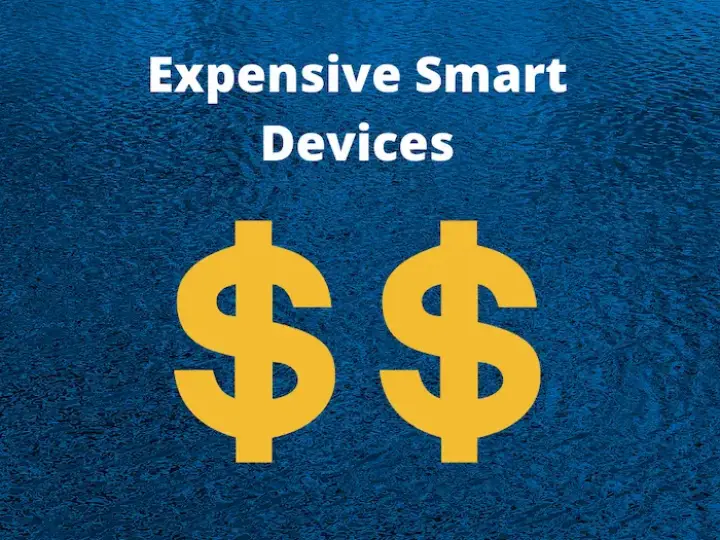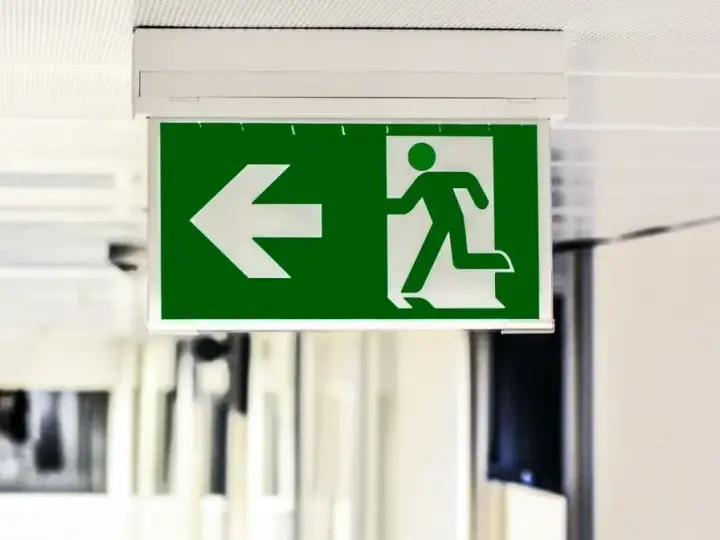The Differences Between Z-Wave Versions Made Easy
Updated on 2nd Oct 2020 18:46 in General, IoT, Smart
Z-Wave is one of the most popular protocols used for home automation. Despite that, it seems there is still a lot of confusion over the different standards that devices can be certified with and still be "compatible with Z-Wave". Indeed there is Z-Wave, Z-Wave Plus, and Z-Wave Long Range, just to name the bigger ones. What's the difference? What should you buy? In reality, there isn't much for you as a consumer to do as manufacturers will almost certainly be certifying their devices with the latest standard. There are significant improvements in each newer one though, so it's worth upgrading older equipment if you have any!
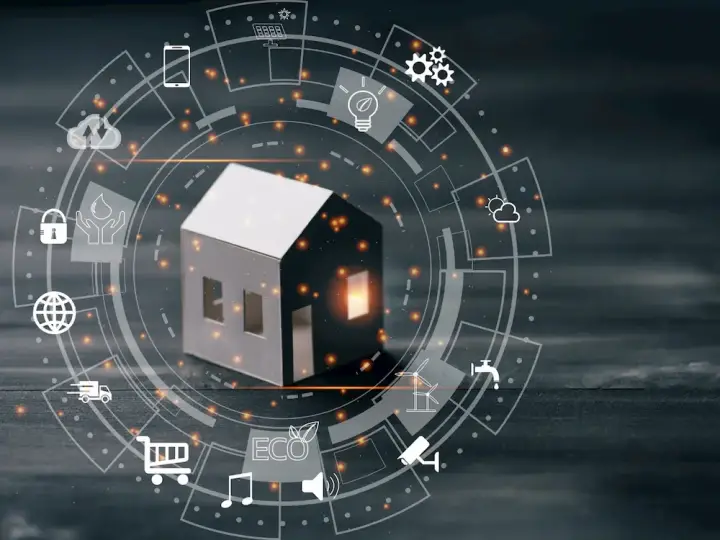
Table of Contents
Why so many standards?
With so many different standards, what exactly is the need for any of them to exist? It's actually relatively straight forward as each standard is essentially an update to the existing specification. What that means for regular users is that every few years, the company responsible for regulating Z-Wave (The Z-Wave Alliance) will publish an updated set of requirements that manufacturers must follow if their products are to be compatible.
One of Z-Wave's most significant selling points is that their ecosystem has perfect interoperability, meaning that you can buy a compatible product from any manufacturer, and it will work fine with any compatible hub. It's important to realize that "compatible" means that the box the product came in had the Z-Wave logo on it, not that you had to dig through the instructions to understand if it was going to work or not. This level interoperability is not an accident, it is the direct result of the efforts to certify every product sold as working with Z-Wave.
So in short, the standards are created so that manufacturers can build compatible products, which will then allow them to pass the certification process, which is required to be able to sell the product. The names associated with them such as "Z-Wave Plus" or "Z-Wave Long Range" are there to indicate a significant change in the protocol. Consumers rarely need to worry about this because the newer standards are backwards compatible with older devices, but new ones sometimes bring some neat features.
Z-Wave Classic
While it was never called "classic", it is easier to refer to it like this as otherwise, things would be confusing pretty quickly. This was the standard any Z-Wave device designed and constructed before 2014 would have been following. Equipment produced with this specification is not that old especially when you consider how long other light switches or plugs installed in your home have been there. These older devices are at a significant disadvantage when compared with the more modern specifications as a lot of essential features were added with Z-Wave Plus.
Since the standard is fully backwards compatible, there is no worry that existing equipment will stop working. However, if you have any of the classic Z-Wave devices installed, you might want to consider upgrading them as later editions fixed some problems that could be affecting you. We will go into this in more detail in the next section, but one of the most challenging issues to work around with older Z-Wave equipment is manual activations. If someone turns on a light switch manually, it can take quite a while for the hub to notice which can ruin automations.
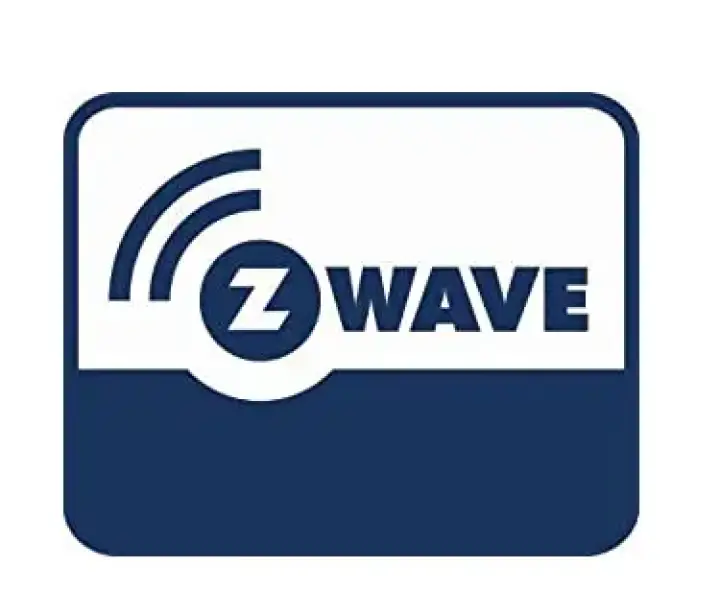
the device is compatible.
Z-Wave Plus
In 2013, the Z-Wave Alliance announced an update to the existing specification that would be called "Z-Wave Plus". There are several improvements, but this update has so far been one of the biggest. It includes better power consumption, an increased range, easier installation, higher bandwidth, and much more. Arguably one of the best changes is the move to standardize the way devices communicate their status with the hub.
Z-Wave Plus brought around a single way for equipment to update the hub with a new state when something changes. The first group on a device is now used to notify the controller of changes that it couldn't have known about, such as someone manually turning on the light. Another use is for battery operated machines to send updates as to their current battery level. The reason this change is significant is that, previously, the only way to get the state of any node was to "poll" it at a set rate.
Polling means to regularly send a command to each node on the network requesting the desired information. In the case of a light switch, the polling would be fetching the current state of the device (on/off or the brightness). Of course, the problem is that faster polling can start causing network errors and slower polling means that activating the light switch manually can take a long time to update on the hub.
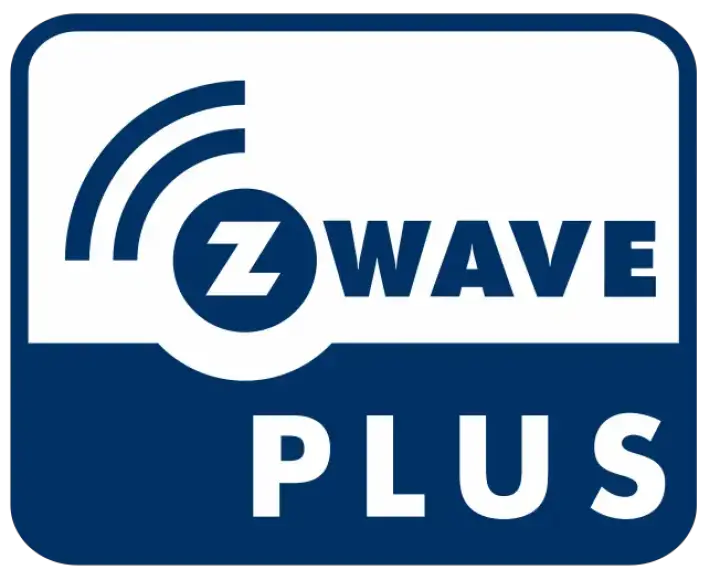
the device is compatible.
Z-Wave Long Range
In 2020, the Z-Wave Alliance announced the "Long Range" specification. This update aims to directly compete with other protocols that are gaining popularity in different ecosystems. The changes include an increased wireless range of 4x, a 10x increase in maximum nodes on the network, and much lower power consumption. In terms of range, the update claims that purposely placing repeaters could no longer be necessary, relying instead on the range of the devices you wanted installed to carry the signal.
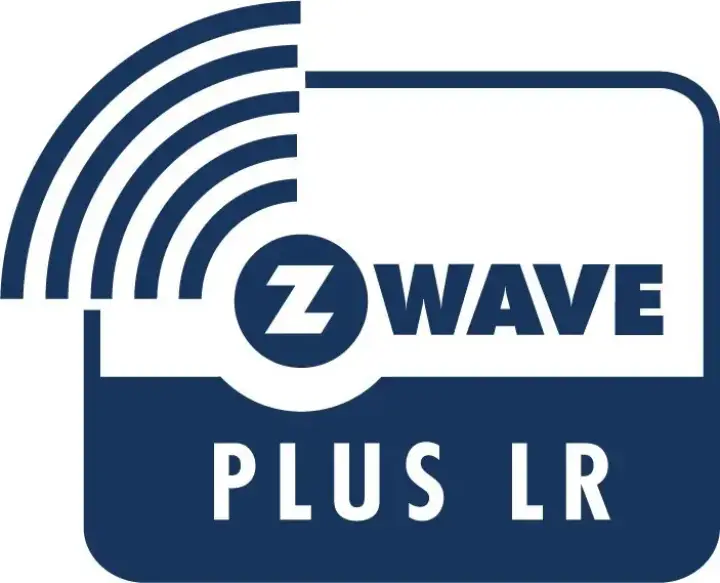
the device is compatible.
What are the differences?
When it comes to differences, there are quite a lot, depending on which standards you are comparing. For simplicity, we are only going to compare the newer standard to the older one right before it. In any case, everything is backwards compatible, and manufacturers have no reason not to begin selling the latest update right away. This is intended as a comparison between the protocols to help decide if upgrading is worth it for you.
Z-Wave vs Z-Wave Plus
One of the most significant changes they made was going from the classic protocol to the newer "Plus" protocol. Most of the standard remained the same, but the following things have been changed in Z-Wave Plus:
- Lower power consumption
- Increased range of 150m in clear air
- Easier installation process
- Bandwidth improvement of 250%
- Standardized certain channels (sending updates)
- Over the Air (OTA) firmware updates are now possible
Some of those points speak for themselves, but we're going to talk about a few of the less obvious ones. For starters, the easier installation is a part of the new security feature added with the S2 specification. It's called "SmartStart" and allows users to scan a QR code that will then automatically pair the new device when it is turned on for the first time. The new security features should not be ignored as they implement full Diffie-Hellman symmetric encryption for the key exchange, meaning it is now even more difficult to hack your Z-Wave network.
The next point worth mentioning is the standardized channels. As mentioned previously, these now allow devices that can be updated manually to report the change back to the controller as soon as it happens. This update fixes so many problems as hubs no longer need to aggressively poll the network to stay up to date with any changes. In addition to helping with the manual operation situation, this also helps save bandwidth and battery capacity as devices no longer need to spend time communicating updates every few seconds.
Finally, the Over the Air (OTA) firmware updating is a nice feature for future software changes. This new feature allows manufacturers to provide updated firmware for their devices whenever a problem is detected or when a software change is made to the Z-Wave protocol. While most users won't notice an immediate benefit from this, the fact that it is possible opens up the doors for better support in the long run.
Z-Wave Plus vs Z-Wave Long Range (LR)
Z-Wave LR is the latest update to the protocol. It aims to improve a few key aspects of the previous specification to make it more competitive with other emerging standards. There aren't nearly as many improvements as there was in the transition from Z-Wave Classic, but many will be excited to hear about these changes:
- Wireless range increased by 4x
- Maximum nodes on a network increased by 10x (up to 2000 now!)
- Improved battery life
The two significant changes are the improved wireless range along with the increased device limit. Previously, the estimated range for Z-Wave Plus was around 150m in clear air, but now they are claiming it will reach up to 400m. This change is designed to allow outdoor devices to connect to the Z-Wave network quickly and without the need for repeaters. In fact, the need for repeaters is supposedly gone with the new long-range capabilities of the protocol.
One area that was always problematic for Z-Wave was it's relatively low maximum device count. In a single mesh network, you could only have up to 232 nodes included at any given time. While that number sounds very high if in the future almost everything is "smart" you will clearly need a lot of space on the network. As a result, this is a welcome change and should make people more confident in building an entire home using Z-Wave.
Summary of comparison
There are a lot of differences between the different standards, and it can become confusing to read each new updates set of improvements. That's why below you will find a table listing each standard along with the various points of comparison we went over in this article. The most important thing to remember is that Z-Wave is backwards compatible, so newer versions will still support older devices.
| Standard | Range (m) | Maximum devices | SmartStart | Security 2 (S2) | OTA Updates | Instant Status |
| Z-Wave | 100 | 232 | N | N | N | N |
| Z-Wave Plus | 150 | 232 | Y | Y | Y | Y |
| Z-Wave LR | 400 | 2000 | Y | Y | Y | Y |
Should you upgrade? If you are using the original Z-Wave, then it is certainly worth the upgrade. As you can see from this table, the change to Plus is significant, so it is worth considering. On the other hand, there aren't too many changes to LR so you could get away without updating to that.

